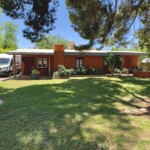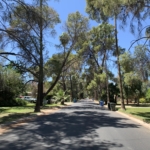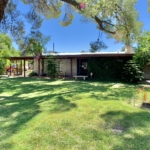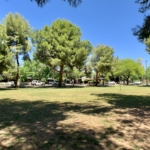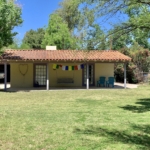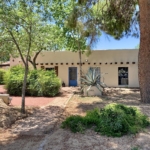PHOENIX HOMESTEADS HISTORIC DISTRICT
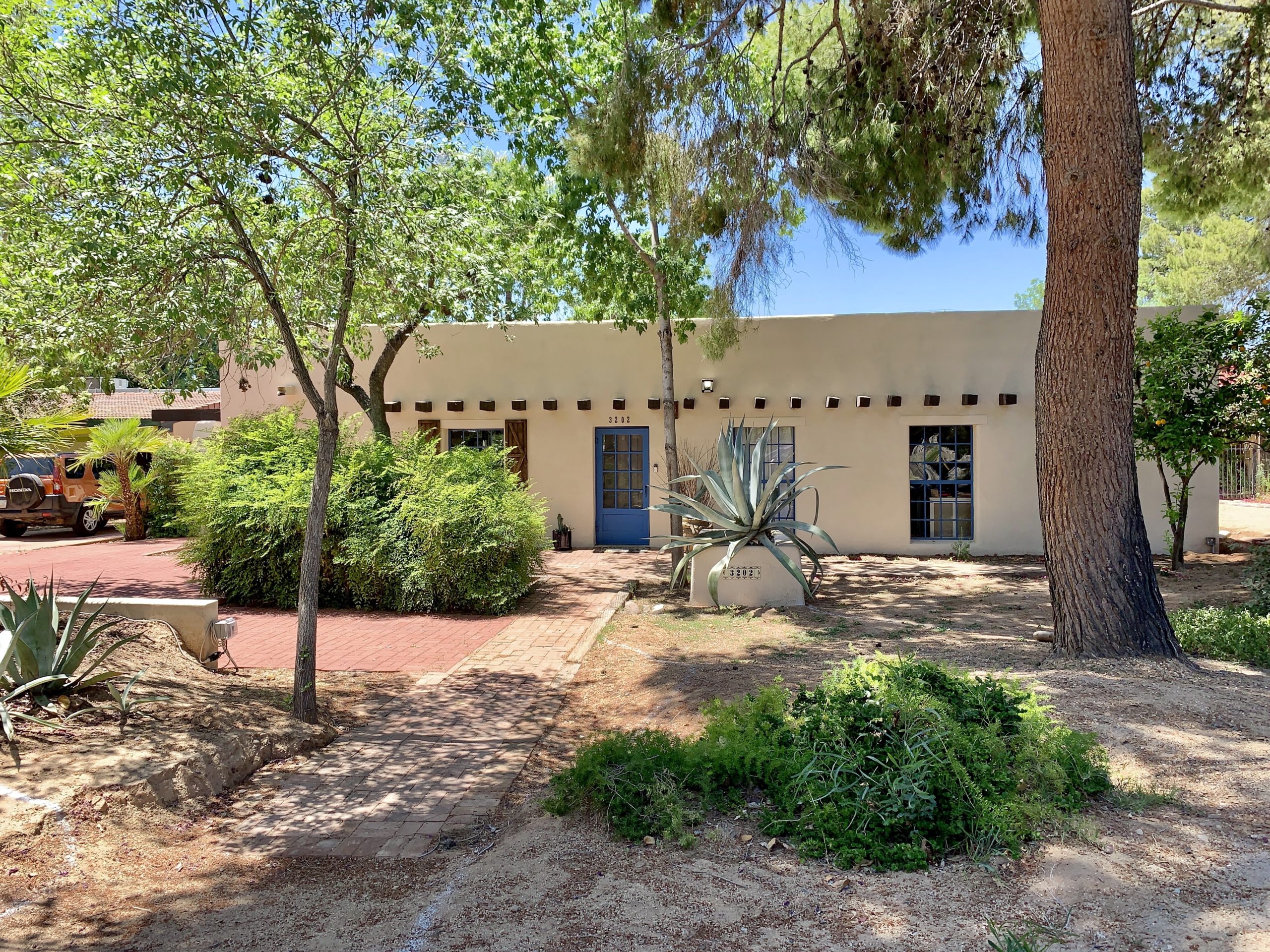
THINKING OF BUYING HERE?
Fill in the form below, and we’ll reach out!
Phoenix Homesteads Historic District Highlights
To many, the Phoenix Homesteads Historic District is the street with the tall trees in central Phoenix. Few people know that the neighborhood and its famous trees along Pinchot Avenue had their origins from a small New Deal program called the Subsistence Homestead Division, which was a ‘back-to-the-land’ movement involving the purchase of farmland near industrial centers and subdividing it into one to five-acre subsistence farms where industrial workers could do part-time farming while working in nearby industrial centers. The program began in 1933. In 1935 it was absorbed into the Resettlement Division, and then absorbed again into the Farm Security Administration in 1937. Across the nation only 34 new rural communities were formed. Few of them were located in the west and only Phoenix Homesteads was located in Arizona. Paul V. Fuller, an associate of Arizona’s biggest proponent of the subsistence farms, Rep. Isabella Greenway, ran the program. In March 1934, Fuller announced the site of the first subsistence farm: the 80-acre Baxter Tract located 4 miles northeast of Phoenix.
Fuller chose local engineer and designer Robert T. Evans for the project. Evans lined the street with alternating Aleppo Pines and Washington Palms, which gives Pinchot its distinct streetscape, which is still there today. Each of the lots was designed to incorporate a small orchard and vegetable garden as well as space for a chicken run and coop. Trees used in the lots included peaches, apricots, plums, pears, grapefruit, orange, lemon, pomegranate, and figs as well as olives, pecans, and dates. The Pueblo Revival style homes were made of adobe, with bricks made on site. Construction began in March of 1935.
By October of 1935 the first 25 homes were read for occupancy. More than 700 families applied to live in the houses. Only families who had part-time, non-farm employment were selected to participate in the program. In 1936 the Phoenix Homesteads Association was formed to administer the site, which was to be operated as a single large farm. The second part of the Baxter Tract was constructed between October 1936 and March 1937. The second phase was designed by San Francisco based architect Vernon De Mars, who was experienced in designing public housing. His approach was focused more on uniformity of building plans and low cost constructibility, as well as efficient heating and cooling systems. Adobe was still used for their construction. Phoenix Homesteads is one of Phoenix’s most unusual places as it is still lined with Evans’ trees. The areas around it were developed in the early ‘50s so while it is no longer rural, it still contains the rural character envisioned by people like Fuller, Evans, and De Mars eight decades ago.
Source: AZ Central
Explore Phoenix Homesteads Historic District
LOCATION
Phoenix Homesteads Historic District is located north of Thomas Road just off 28th Street.
Recent Listings In Phoenix Homesteads Historic District
View all or email me more Phoenix Homesteads Historic Homes for sale
WHAT’S NEARBY
WHAT'S YOUR STYLE?
We specialize in helping buyers find and sellers list unique properties.
Find your dream home
Need help with your search?
Why Buy With Us Start HereTHINKING OF SELLING?
Contact us for a complimentary home value estimate
